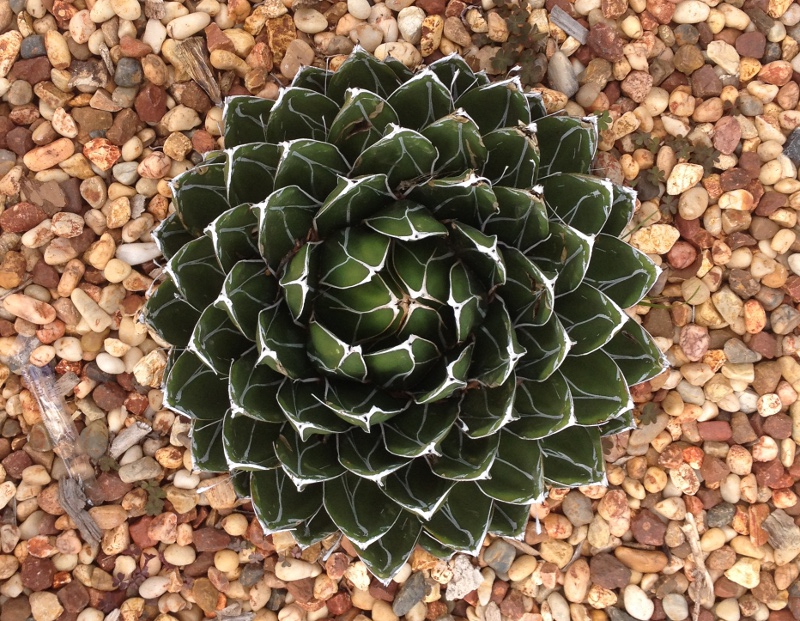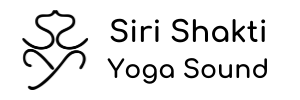Mantra – the power of rhythm

Inside of me there’s a mantra going on that reminds me of who I am. It’s that place inside – that niche in the wall where the candle flame never flickers. Always bringing me right to my heart where we dwell eternally.
Kundalini Yoga is a naad yoga, which means it uses mantra to generates sounds that vibrate at a high frequency. The word mantra translates as “mind projection”. Chanting mantras is a technique for regulating the mind. All things have vibration, some things, like our thoughts, vibrate at the highest frequency and bring us closer to merging with divine consciousness.
Every thought or feeling we have is on a vibratory frequency. Because all thought is of a high vibrating frequency it pays to be aware of where that frequency is taking us. Chanting mantra helps to direct the mind into the highest vibratory frequency, merging individual consciousness with universal consciousness through the rhythmic vibration of the mantra.
The effect of mantra is also directed by the reflex points on the tongue and the in the mouth. There are 84 meridian or nadi points on the roof of the mouth. Every time you speak you stimulate them with your tongue. When you press the right codes it sends messages to the brain and unlocks the higher centres. Chanting mantra aloud directs the tongue to press these codes.
The affects of rhythmic or repetitive activity has a powerful affect on the brain. The repetitive action of mantra works directly on the lower, non-thinking parts of the brain releasing stress and trauma that may be stored there. According to child psychiatrist Dr Bruce Perry “Patterned, repetitive, rhythmic somatosensory activity… elicits a sensation of safety.” This sense of safety is essential to experiences of wellbeing.
Mantras are not small things, mantras have power. They are the mind vibration in relationship to the Cosmos. The science of mantra is based on the knowledge that sound is a form of energy having structure, power, and a definite predictable effect on the chakras and the human psyche.” ~ Yogi Bhajan
When chanting mantra in Kundalini Yoga we use a process of tuning in to the sound vibration. In doing so the naad or sound may be directed to resonate through certain points, or energy centres (chakras), in the body. This may be used to strengthen your fearlessness through the navel, tune in to your intuition through the third eye (brow point), or open the heart
There are many mantras used in Kundalini, each one having its own quality, rhythm and effect. Every Kundalini Yoga class commences with chanting the Adi Mantra – Ong Namo Guru Dev Namo (pronounced ONG NAAMO GOOROO DAYV NAAMO), three times. This mantra is said to call in the wisdom of the teachers that have come before, the Golden Chain of spiritual teachers, and your own inner, intuitive wisdom, to guide your practice.
The most basic forms of mantra are those known as bij or seed mantras. In Kundalini Yoga the bij mantra Sat Naam (the first part pronounced SUT) is used most often. This mantra is used to connect you to your breath. As you practice yoga postures and pranayama you may mentally chant the mantra, sat on the inhale, naam on the exhale, to connect you with your breath and rhythm.
Sat means true or truth and Naam means name or identity. Chanting this mantra can bring connection to your true self or true identity, that part of you that is not created as a reflection of the world around you but is who you truly are.
Another mantra that is used often in the practice of Kundalini Yoga is Sa Ta Na Ma, which is Sat Naam broken down into its basic sound elements. These sounds, Ss, Tt, Nn, Mm and Aa, are said to be the five primal sounds giving this mantra a very powerful affect. The individual parts of the mantra translate as Infinity (Sa), life (Ta), death (Na) and rebirth (Ma) and thus represent the cycle of life, coming from the Infinite we live to die and then are reborn in the infinite cycle of life.
Some other Mantra’s that are commonly used in the practice of Kundalini Yoga are
Har – The Infinite One or GOD. When chanting Har the tongue hits the roof of the mouth on the ‘r’ sound, stimulating the nadi/meridian points on the palate. Chanting this mantra is creating a direct link to the Infinite.
Wahe Guru, Wahe Guru, Wahe Guru, Wahe Jio – Great beyond description is the Infinite Wisdom. This is the mantra of ecstacy. Wahe (pronounced Wha-hey) is like calling halleluiah, an exclamation of ecstacy, Guru (goo-roo) means that which brings us from darkness to light, Jio (pronounced jee-o) is a variation of Ji, which means soul. The word Jio sends a message directly to the soul. “O my soul is Infinite”. The bliss this mantra induces soothes the wounds of life.
Guru Guru Wahe Guru, Guru Ram Das Guru – this was Yogi Bhajan’s personal mantra and is a deeply self healing mantra. Guru Ram Das was the 4th Sikh guru who is known for his humility and grace. He built the Golden Temple in Amritsar with doors that opened in all directions to show that all, regardless of faith or religion, were welcome. Chanting the Guru Ram Das mantra connects you with humility self healing and emotional release.
Read more about mantra on the 3HO website

Follow Siri Shakti Yoga Sound